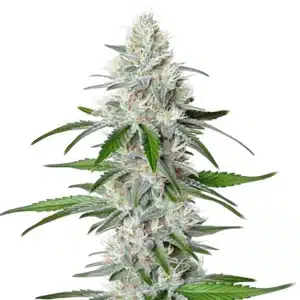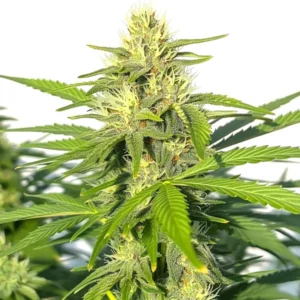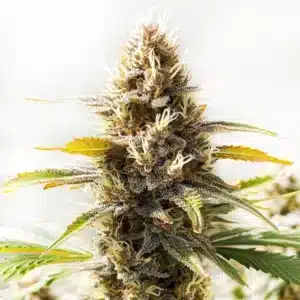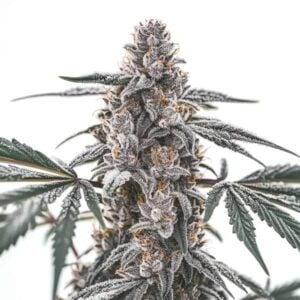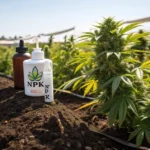
Your Guide to Outdoor Weed Fertilizers
When cultivating cannabis in an outdoor setting, choosing the right fertilizer can make a world of difference for the health and yield of your plants. Outdoor weed fertilizers are thoughtfully formulated to meet the unique demands of cannabis as they thrive naturally. With various options available, selecting the most suitable one may feel overwhelming. This guide aims to clarify your choices and offer practical insights on selecting and applying outdoor weed fertilizers effectively.
Types of Outdoor Weed Fertilizers
Today’s market offers a diverse range of outdoor fertilizers, each serving a different purpose. Understanding these options can help you make informed choices. Here’s a detailed overview of common types:
Recommended Strains
Glookies
|
|
THC | 22% - 25% (Medium) |
|
|
Type | Feminized |
|
|
Yield | High |
|
|
Phenotype | 70% Indica / 30% Sativa |
G13 Autoflower
|
|
THC | 22% - 24% (Medium) |
|
|
Type | Autoflowering |
|
|
Yield | Medium |
|
|
Phenotype | 90% Indica / 10% Sativa |
- Organic Fertilizers: Composed of natural materials like compost, manure, and bone meal, these enrich the soil without introducing synthetic chemicals, promoting a healthier ecosystem.
- Synthetic Fertilizers: Highly concentrated and quick-acting, these deliver specific nutrients efficiently but must be used cautiously to avoid nutrient burn.
- Slow-Release Fertilizers: Gradually disbursing nutrients, these ensure a stable supply for plants over time, minimizing the risk of leaching and nutrient loss.
The best fertilizer choice hinges on your gardening technique, the plants’ growth stage, and your preference for organic versus synthetic solutions. Establishing these factors can simplify your selection process.
Organic Fertilizers
Many gardeners prefer organic fertilizers due to their numerous benefits, such as promoting soil health and fostering plant resilience. Here are some popular organic options:
- Compost: A rich blend of decomposed organic materials that provides a complex array of vital nutrients and enhances soil structure.
- Fish Emulsion: A liquid fertilizer derived from fish scraps provides essential nitrogen and a variety of trace minerals vital for plant growth.
- Bone Meal: A phosphorus-rich amendment that encourages strong root growth and flowering, essential for a bountiful harvest.
Utilizing organic fertilizers not only enhances your plants’ health but also supports sustainable gardening practices. They contribute to a vibrant microbial ecosystem in the soil, fostering effective and natural nutrient absorption.
Synthetic Fertilizers
Synthetic fertilizers offer a quick nutrient boost, appealing to growers eager to enhance their plants’ growth rate. They come with explicit application guidelines to prevent overuse. Here are some widely used synthetic fertilizers:
- Urea: A potent nitrogen source that promotes vigorous vegetative growth and lush foliage.
- MAP (Monoammonium Phosphate): This fertilizer combines nitrogen and phosphorus, which are essential for various growth stages.
- Potassium Nitrate: Beneficial for flowering plants, it supplies both nitrogen and potassium for improved flower development.
While effective, synthetic fertilizers require diligent monitoring to prevent nutrient burn or potential environmental impacts. Always adhere to provided dosage guidelines for optimal outcomes.
Promos & Deals
How to Apply Outdoor Fertilizer
The way you apply outdoor weed fertilizer can greatly influence plant growth. Timing and technique are of utmost importance. Here’s a practical approach:
- Timing: Fertilizers should be applied during the growing season when plants are most active, particularly in early spring and mid-summer.
- Conduct a Soil Test: This step helps determine nutrient levels and soil pH, guiding your choice of fertilizer.
- Application Method: Various application techniques exist, including side dressing for gradual feeding, top dressing, or diluting with water for liquid feeding.
By adhering to these guidelines, you can ensure your plants receive essential nutrients without inducing stress. Tailoring your application to the specific growth stage of your plants, such as high nitrogen for young plants and increased phosphorus for those in flowering, is key to success.
Watering After Fertilization
Post-fertilization watering is crucial for dissolving nutrients and ensuring they reach the roots effectively. Here are some guidelines:
- Water thoroughly to enhance nutrient penetration into the soil.
- Be cautious not to water immediately after applying granular fertilizers, as this can wash them away.
- Keep an eye on soil moisture; excessive watering can lead to root complications.
Establishing consistent moisture is vital for nutrient absorption. Adapt your watering habits based on changing weather and plant growth conditions to achieve the best results.

Signs of Nutrient Deficiency
Being able to recognize nutrient deficiencies is fundamental to maintaining the health of your cannabis plants. Look for these common indicators:
- Yellowing Leaves: Typically a sign of nitrogen deficiency, especially noticeable in older leaves first.
- Browning Leaf Edges: This may signal potassium deficiency, affecting overall health and vigor.
- Purple Stems and Leaves: Often caused by phosphorus deficiency, this can be more prominent in low temperatures.
Early identification and correction of deficiencies can prevent larger problems in the future. If you spot these symptoms, conducting a soil test will provide clarity on nutrient imbalances.
Correcting Deficiencies
Once a deficiency is identified, here are structured steps for correcting it:
- Choose the Right Fertilizer: Opt for a product that targets the specific nutrient that is lacking.
- Adjust Soil pH: Sometimes, nutrient deficiencies stem from pH imbalances. Ensure your soil falls within the optimal cannabis range of 6-7.
- Monitor Plant Response: After adjustments, regularly observe your plants for signs of improvement. Patience is key, as changes may take time to manifest.
A nutritionally balanced regimen will foster healthier plants and promote better yields. Regular monitoring of plant health allows for timely adjustments to your feeding schedule.
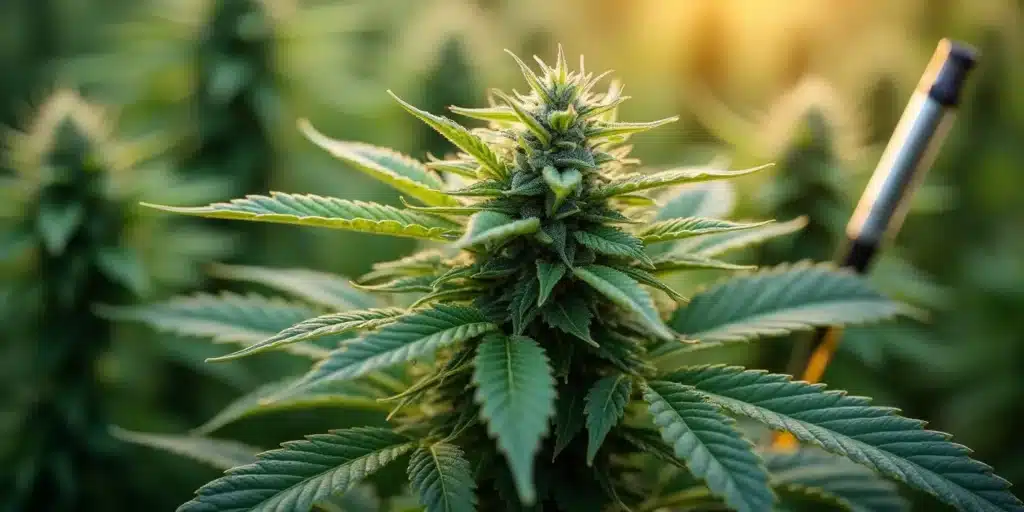
Recommended Strains for Outdoor Growth
Choosing the right cannabis strain for outdoor cultivation is essential since some strains perform better in outdoor conditions than others. Here are three outstanding options:
- Blue Dream: This well-known hybrid thrives in sunny conditions, providing resilience and generous yields, along with uplifting effects.
- Amnesia Haze: Renowned for its strong, psychedelic effects, this sativa-dominant strain excels in warm weather and produces large, dense buds.
- White Widow: A balanced hybrid that not only produces high yields but also demonstrates resilience against pests.
Choosing the most suitable strain for your outdoor environment can significantly enhance your gardening experience. Be sure to investigate each strain’s specific requirements and growth characteristics to ensure successful cultivation.
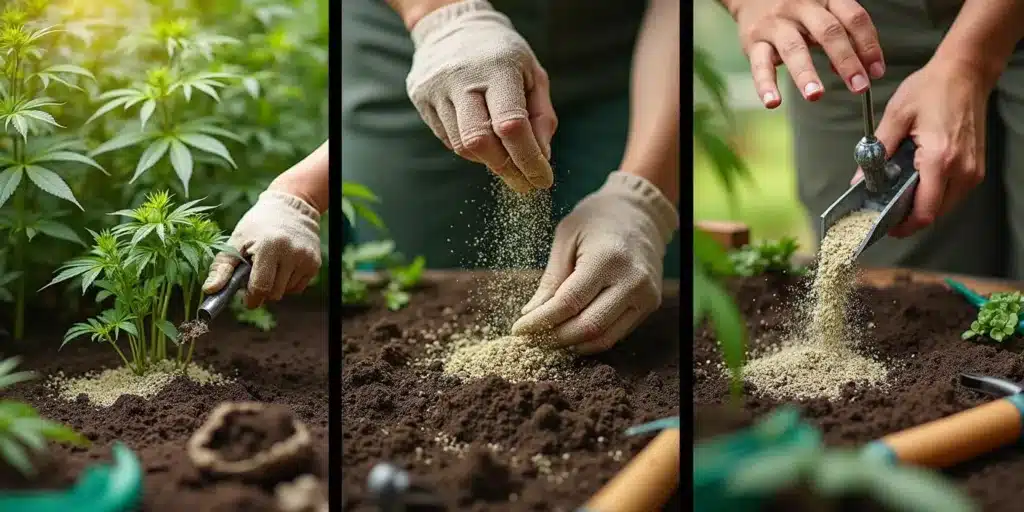
Frequently Asked Questions
What is the best outdoor weed fertilizer for cannabis plants?
The ideal outdoor weed fertilizer often depends on your plants’ growth stage and soil conditions. Organic fertilizers like compost and fish emulsion are excellent for enriching soil quality, while synthetic options provide rapid nutrient responses. Always factor in your plants’ needs when selecting fertilizer.
How often should I fertilize my outdoor cannabis plants?
Typically, cannabis plants thrive with fertilization every four to six weeks during the growing season. Adjust this schedule based on soil nutrient levels, plant growth stages, and how your plants respond to feeding.
Can I use regular garden fertilizers on my cannabis plants?
While some conventional garden fertilizers may be applicable, it’s prudent to use those specifically crafted for cannabis. Cannabis has distinct nutritional requirements, and tailored products deliver a more balanced nutrient profile.
When is the best time to apply fertilizer?
For optimal absorption and minimal risk of nutrient burn, the most favorable times for fertilizer application are early morning or late afternoon. This timing allows plants to make the most of the nutrients provided.
How can I tell if I’m over-fertilizing my plants?
Symptoms of over-fertilization include yellowing leaves, browning leaf edges, and stunted growth. If these signs appear, it’s crucial to adjust your feeding regimen and consider flushing the soil with water to clear excess salt buildup.




